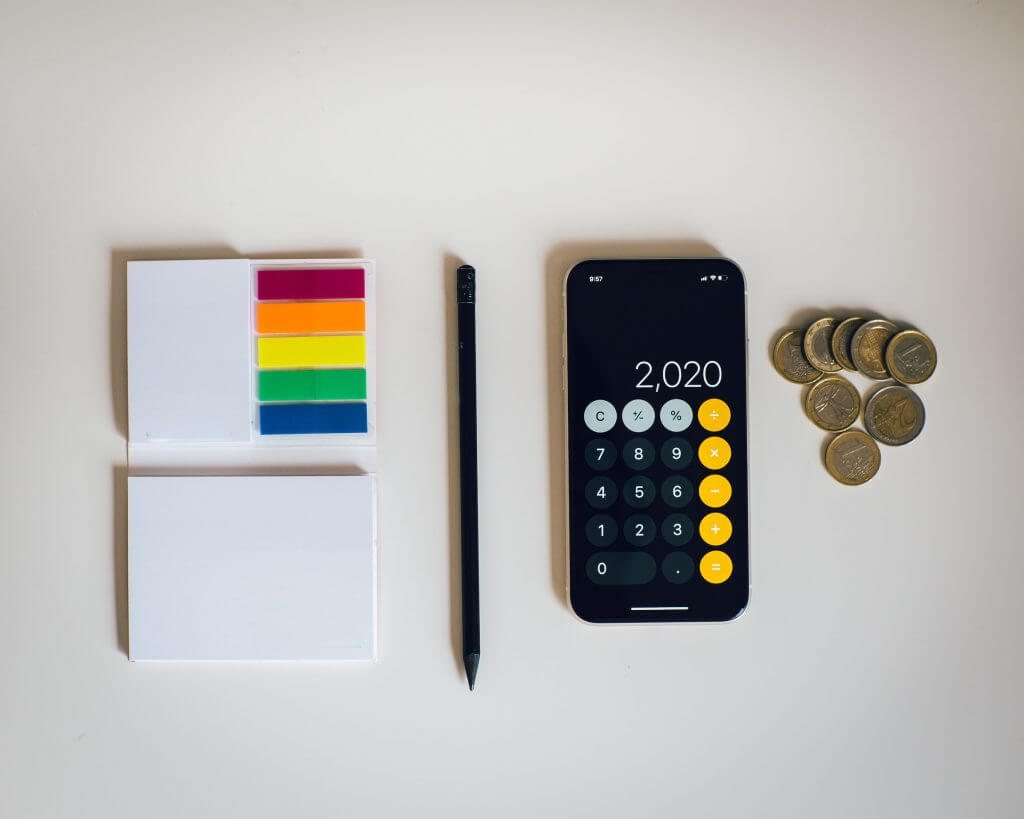
Which Should You Pay First To Get Out Of Debts?
Borrowing money should be a financial tool and not a lifetime burden. So, which should you pay first to get out of debts?
How much debt do you have?
Check how much debt you’re carrying, and what sort it is. As opposed to the low-interest or no-interest debt, the high-interest debt costing you the most should be the priority.
- High-interest debts — cash advance loans, credit cards, auto loans, store cards, etc.
- Low-interest debts — home equity loans, student loans, mortgages, etc.
The Snowball — start with the smallest balance first
To get you going, pay off your smallest debts first. This is the debt snowball method, and it can give you a quick feedback that you’re doing it right.
Start with the smallest loan to get it out of the way. Take your repayments & any extra money, then do the next-smallest debt. Keep going. Pick up speed like, you guessed it — a snowball, and continue until you finished them all.
Pros: Quick wins like ticking your debts off one by one will motivate you.
Cons: Although it may fire you up to see it through, the Snowball is not the cheapest or fastest way out of debt.
The Avalanche — start with the highest interest rate first
Take down your debts in order of how much they’re costing you. This type of repayment plan is an avalanche, one of the quickest ways out of debt.
Start with a debt that comes with the highest interest rate & fees. Take your repayments & any extra money, then do the next-highest-interest debt. Keep going. Continue until you’ve knocked them off, and they all come down in an avalanche.
Pros: The cheapest and fastest way out of debt is knocking off the one that costs you the most.
Cons: It takes persistence to start with the large balance first. You have to make sure you make it all the way to paying them all off.
Debt consolidation
Taking out a new loan to repay the others is called debt consolidation. Usually with more flexible payoff terms, multiple debts are combined into this single, larger piece of debt. Ideally, it is at a lower interest rate, so you can get out faster.
It’s better to focus on repaying a single debt and get rid of them one at a time while keeping the rest at the minimum payment.
Pros: Rolling your debts into a single loan with a lower interest rate can save you money. As you pay less interest on only one debt, the lesser weight it becomes in the short term.
Cons: Without focus and discipline, debt consolidation can lead you deeper into debt. Most times it just frees up more credit card space so you tend to use that credit and borrow more.
Debt must be used as a tool to help with your finances. It shouldn’t cause you trouble and slow down your life. To get out of debts and becoming debt-free should be your end goal.
Commence your journey to financial freedom today by joining the MoMa family, one of the best budget apps in Australia, for more valuable insights and guidance to your finance!
If you liked our “Which Should You Pay First To Get Out Of Debts?” and need help to get out of debts, check our blog space regularly for more updates on finance and financial resources in Australia.




